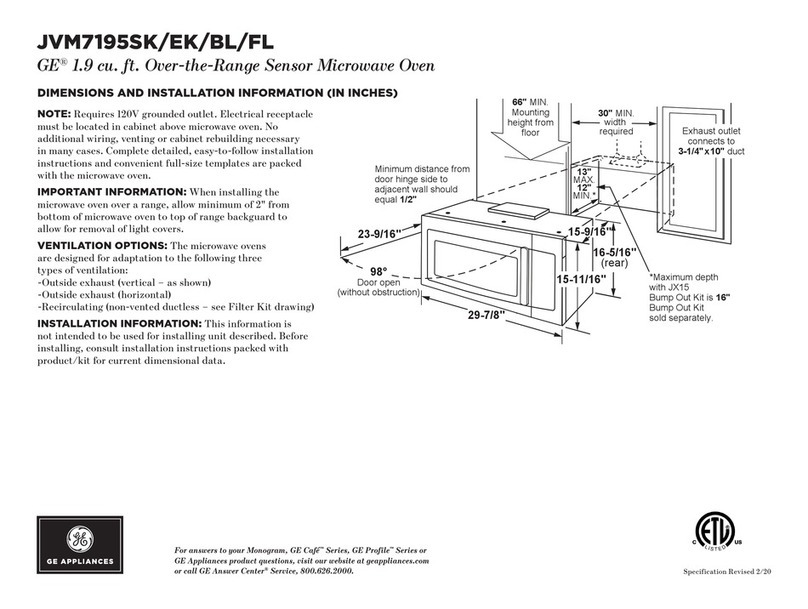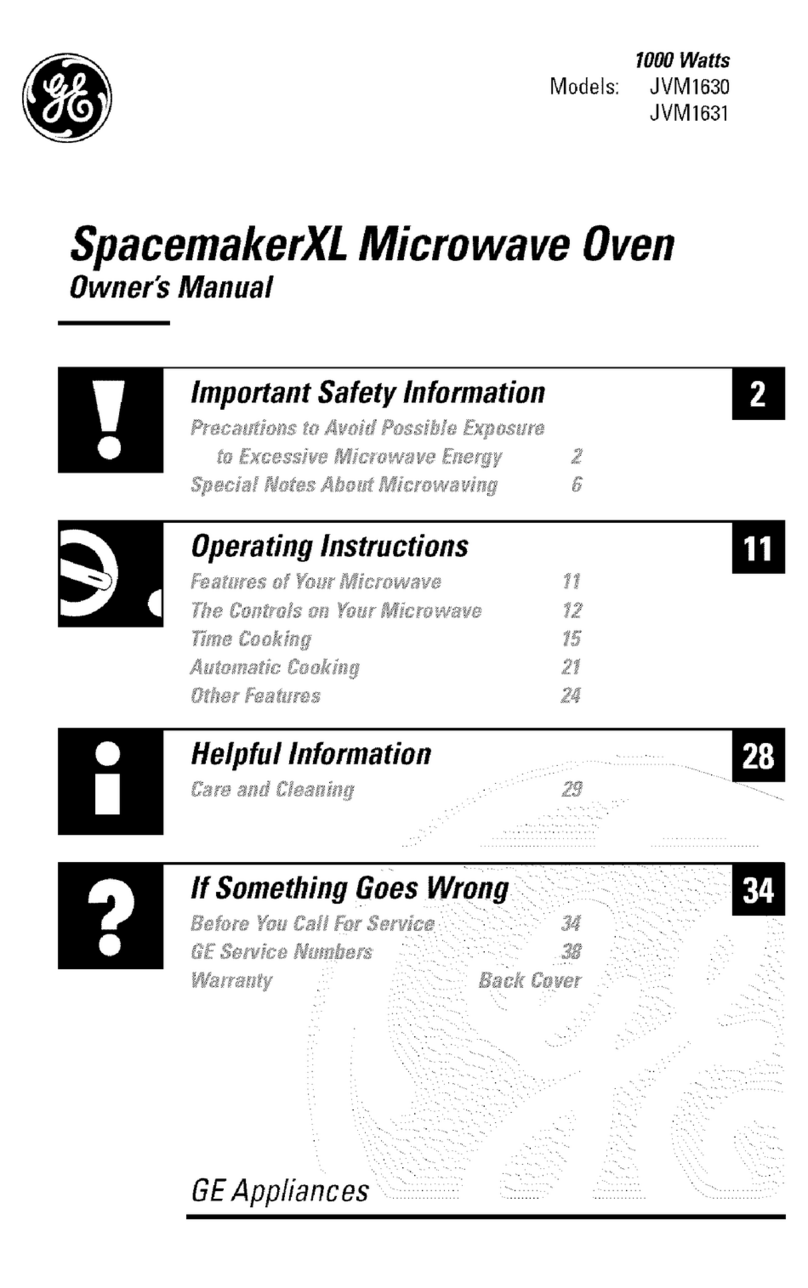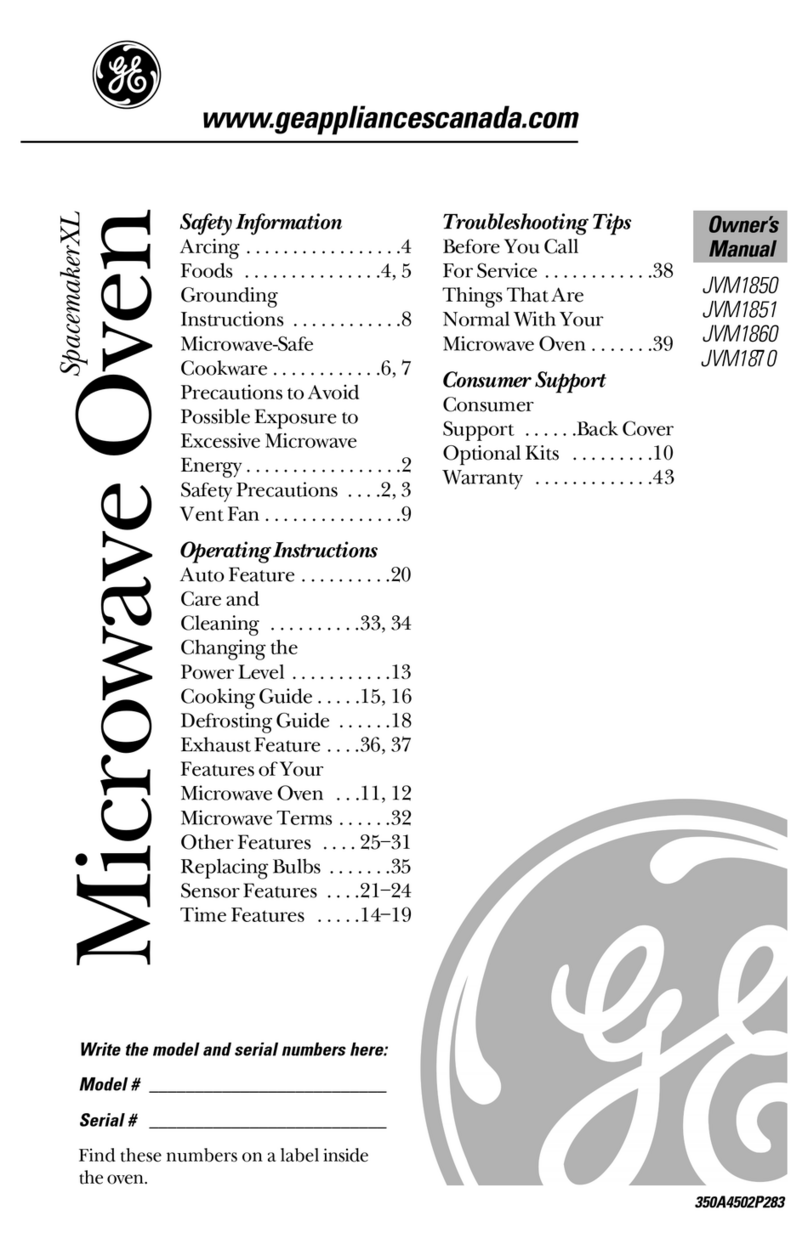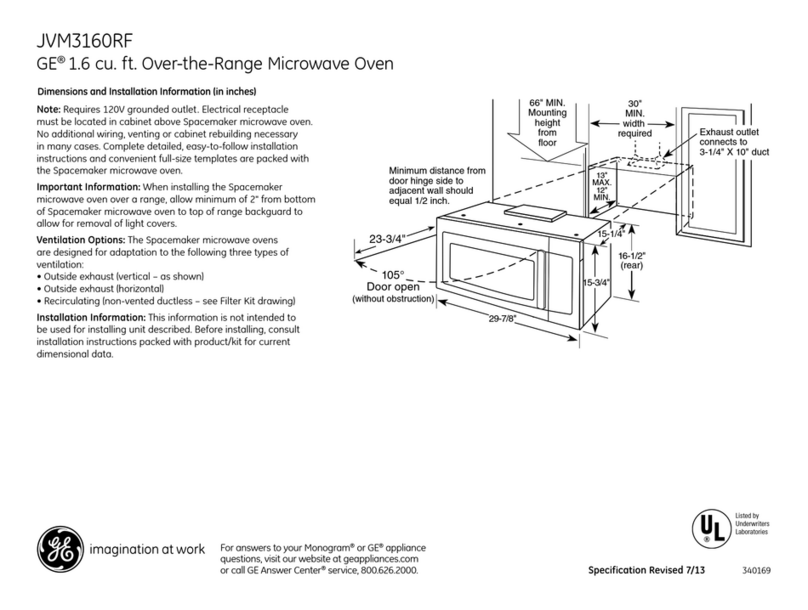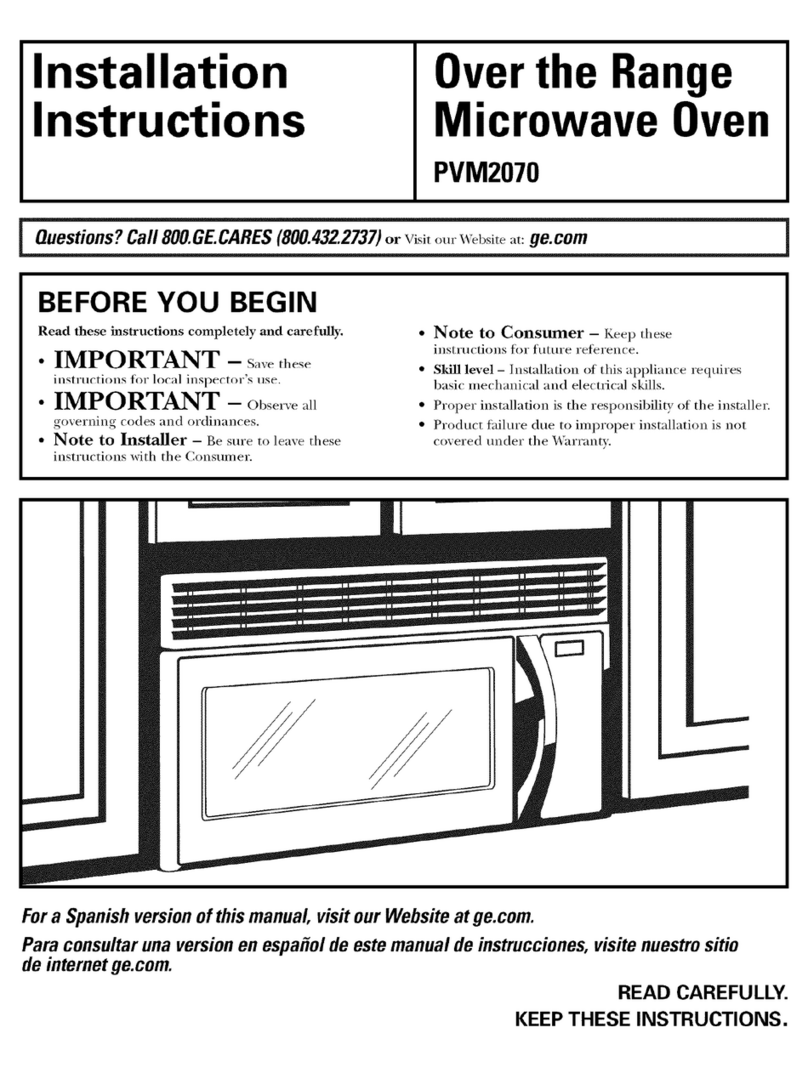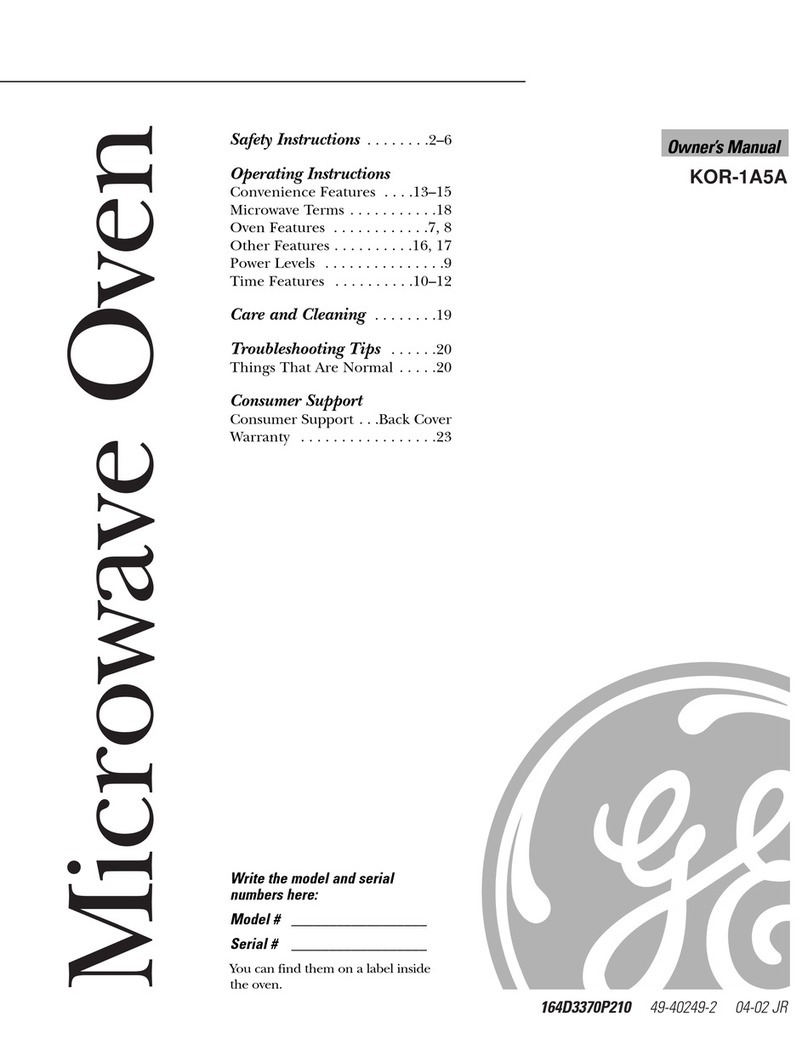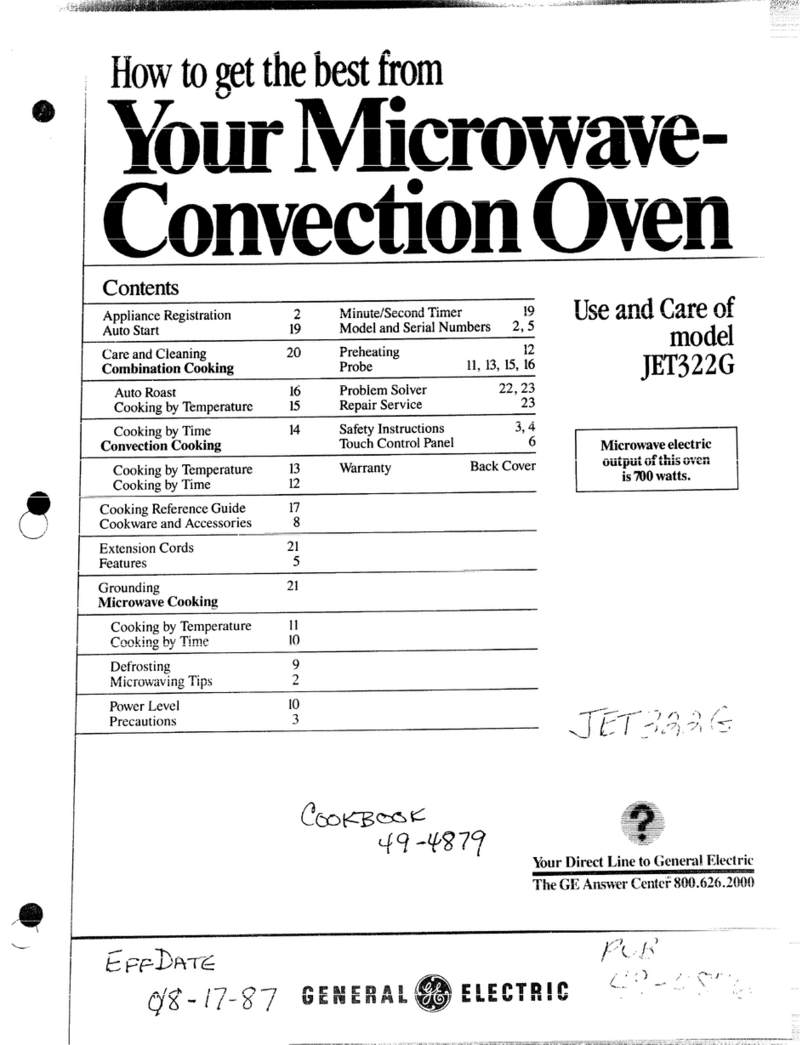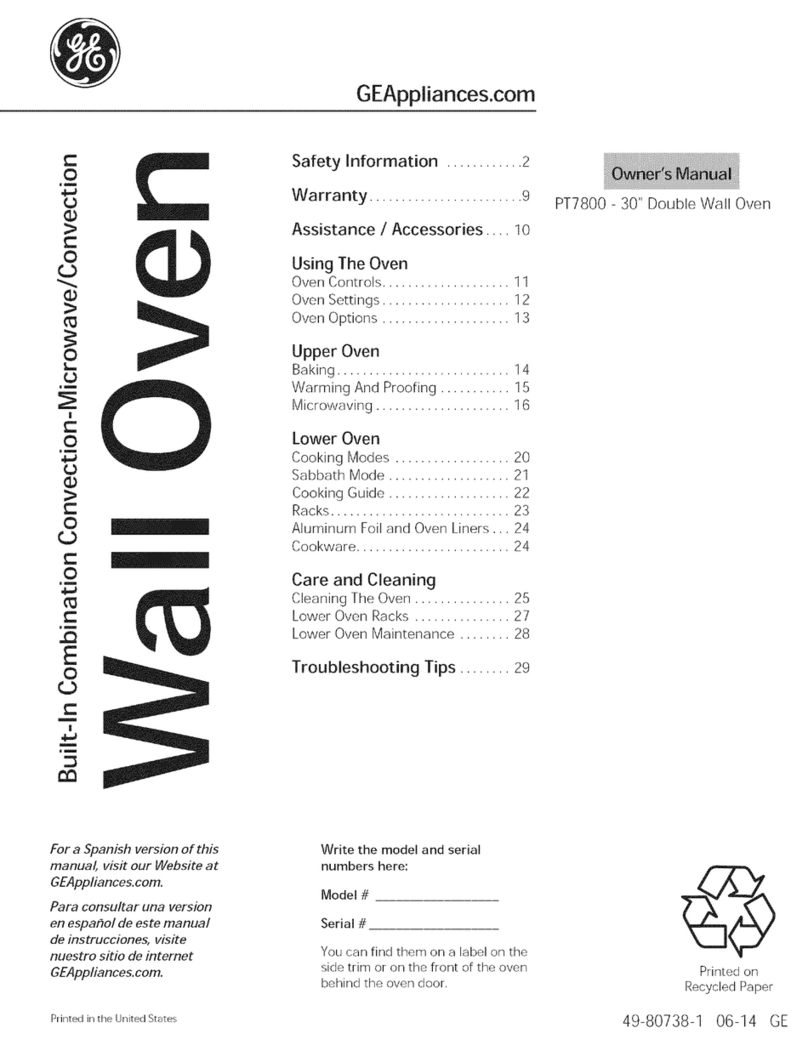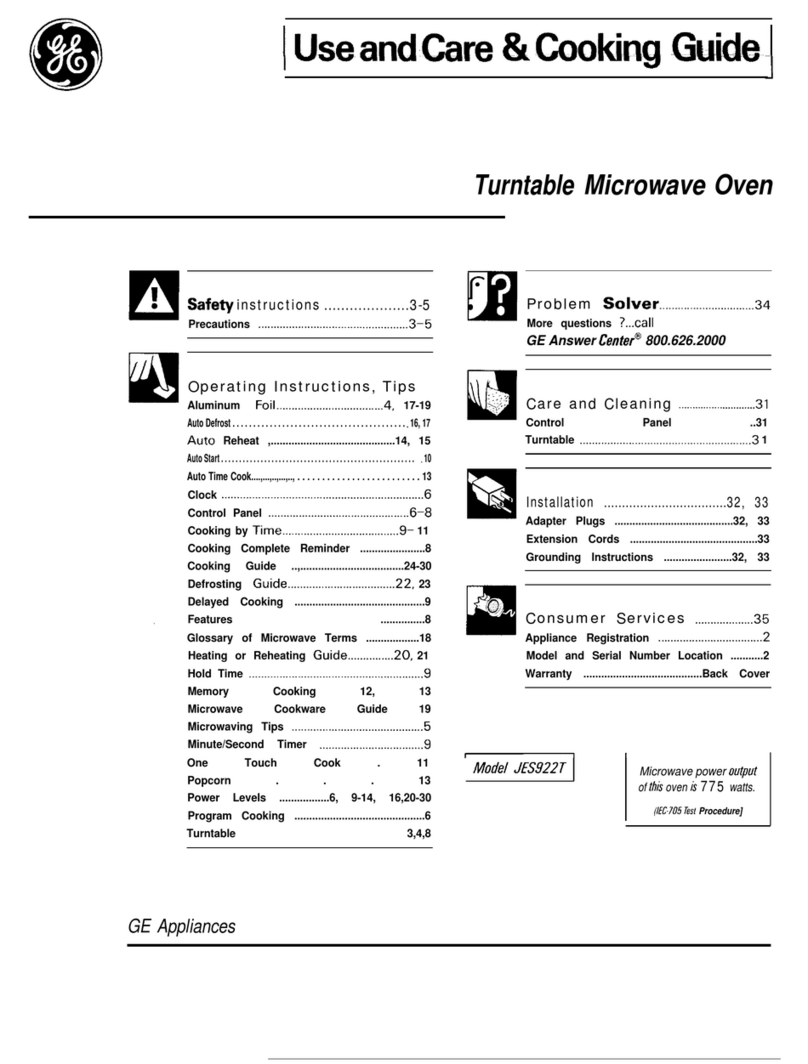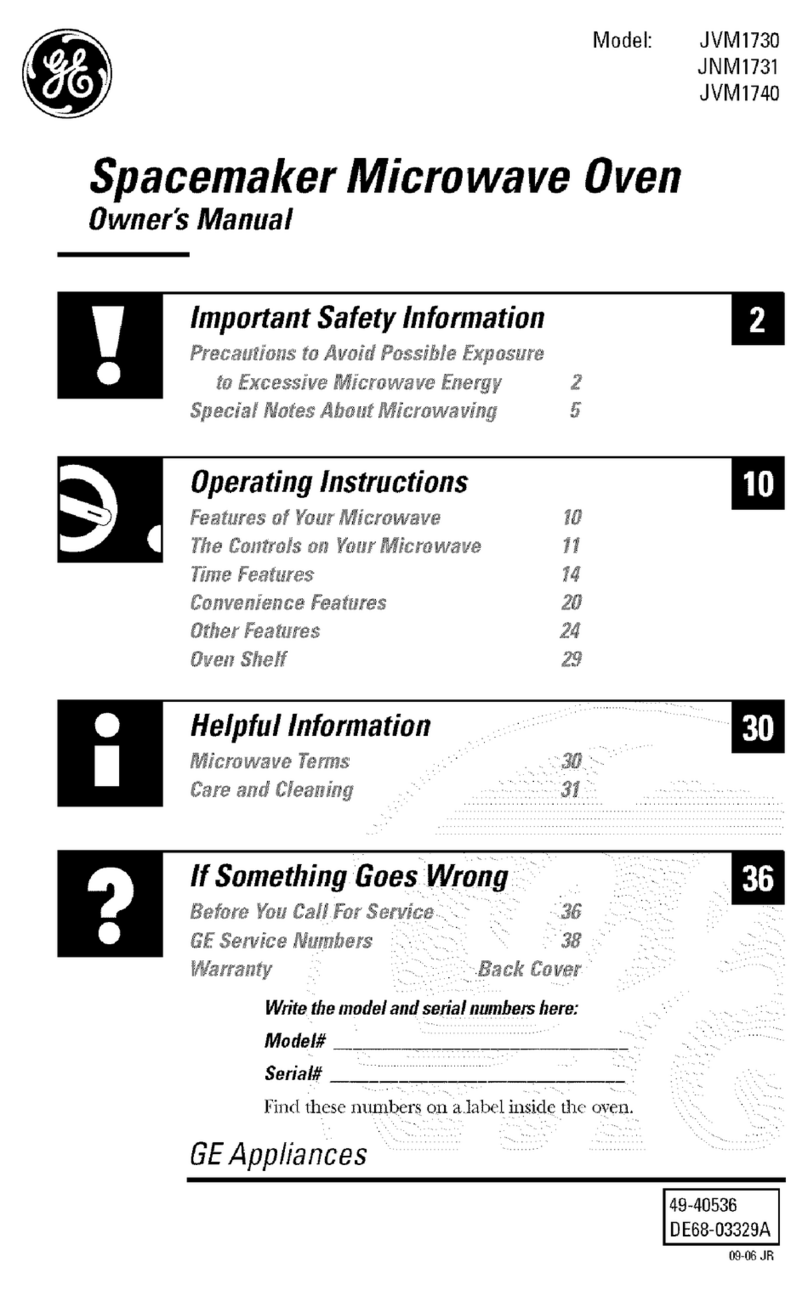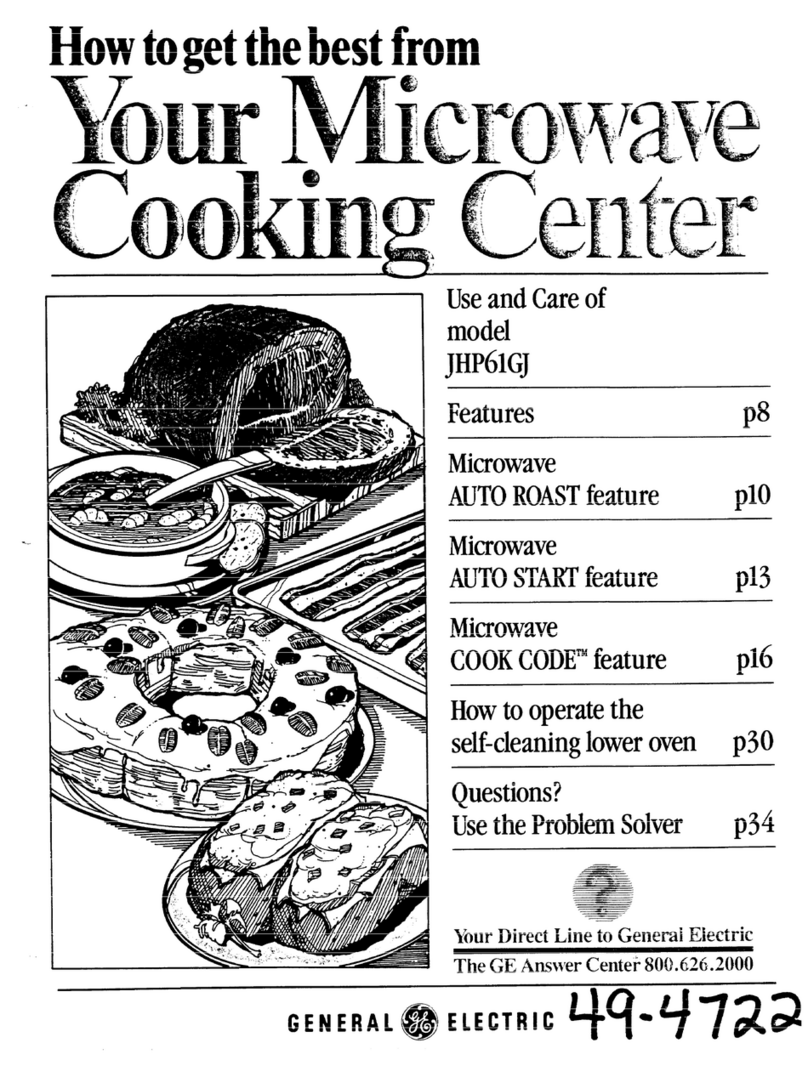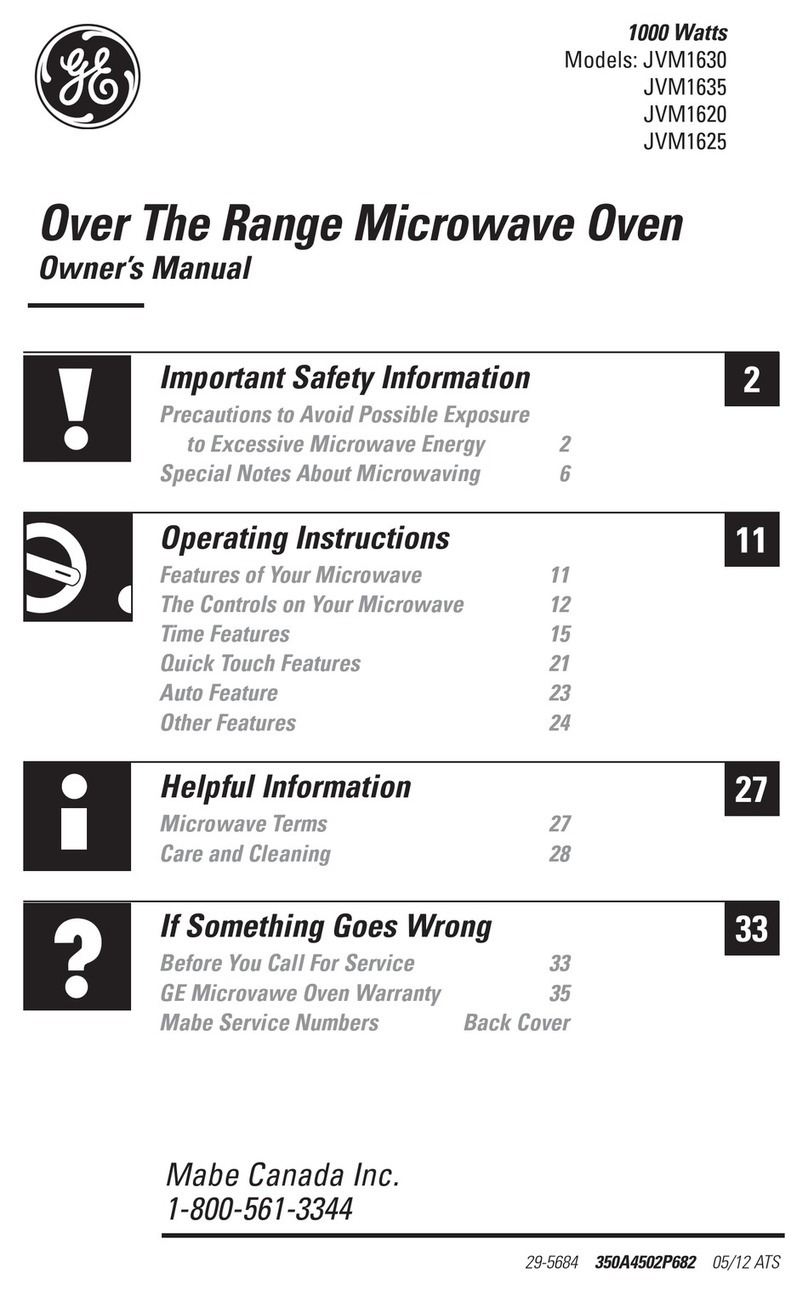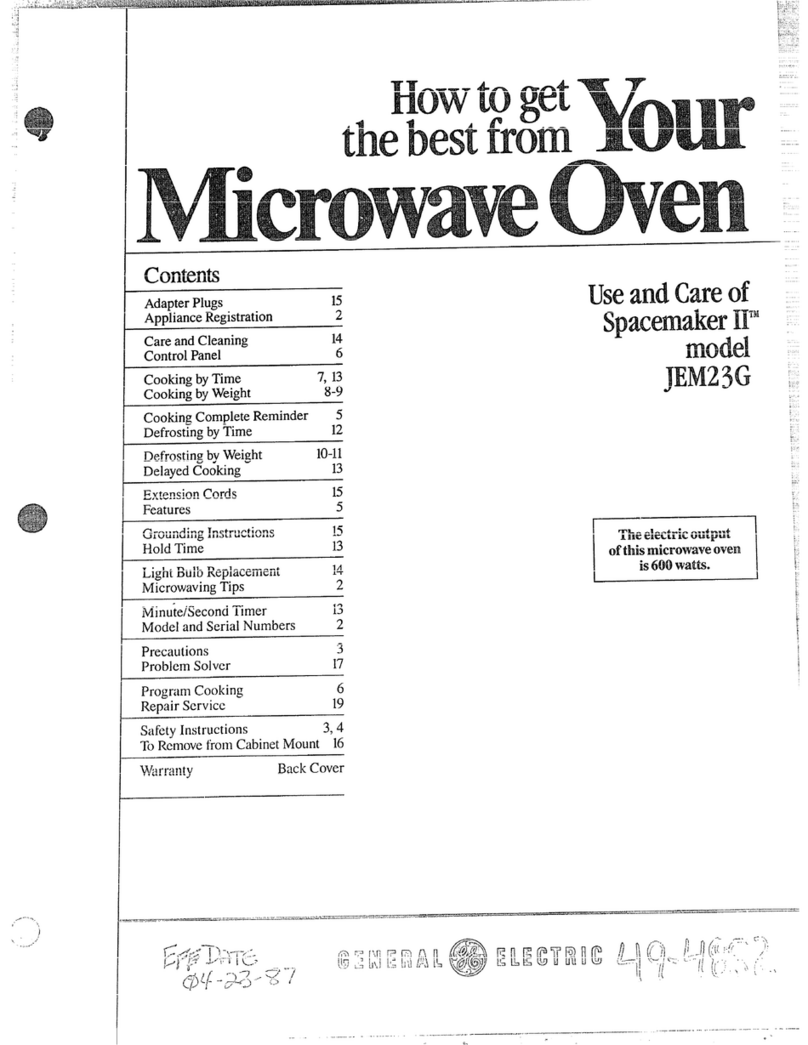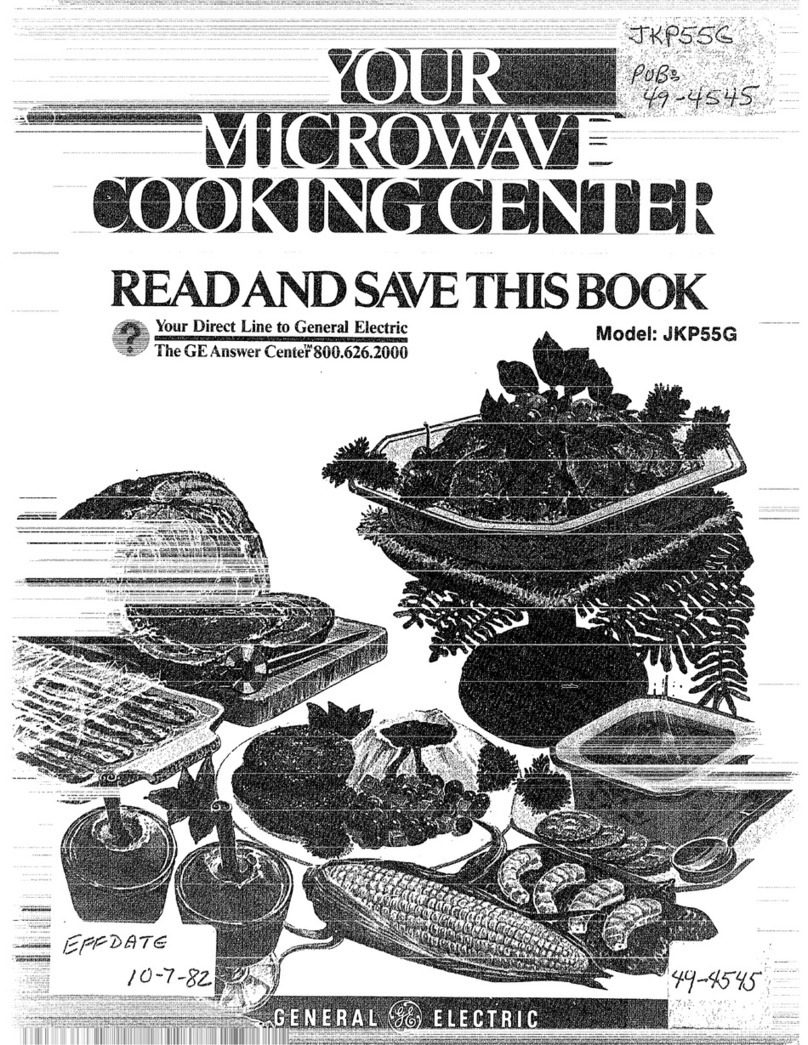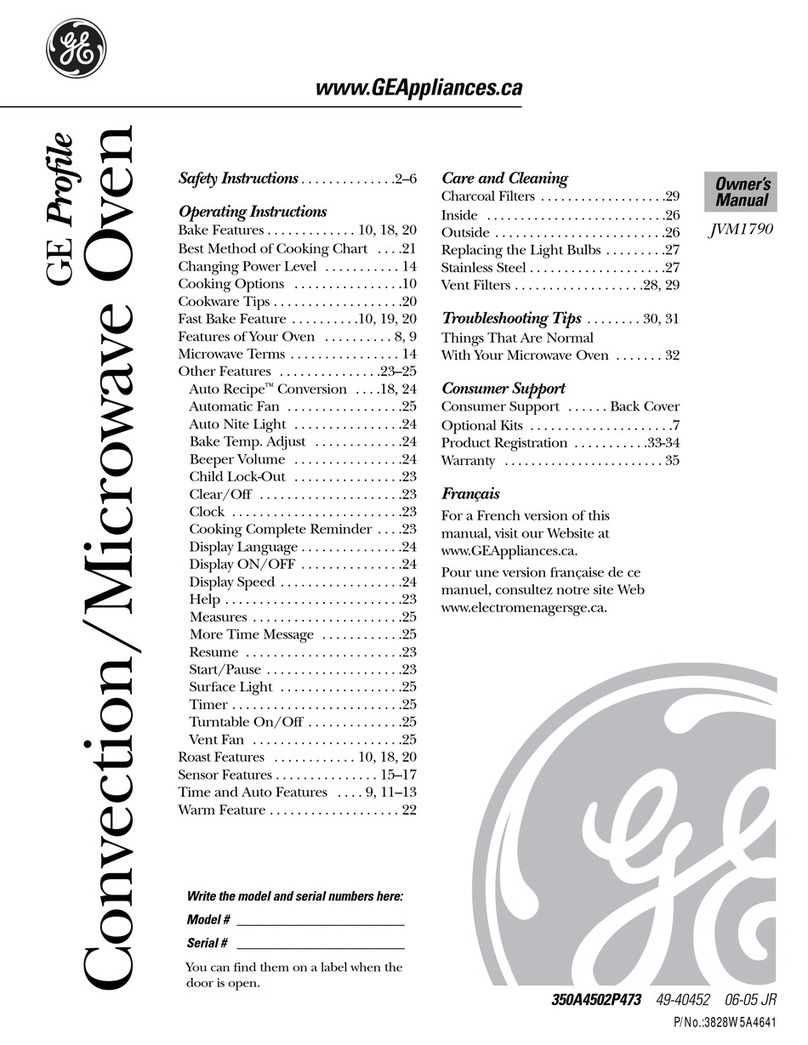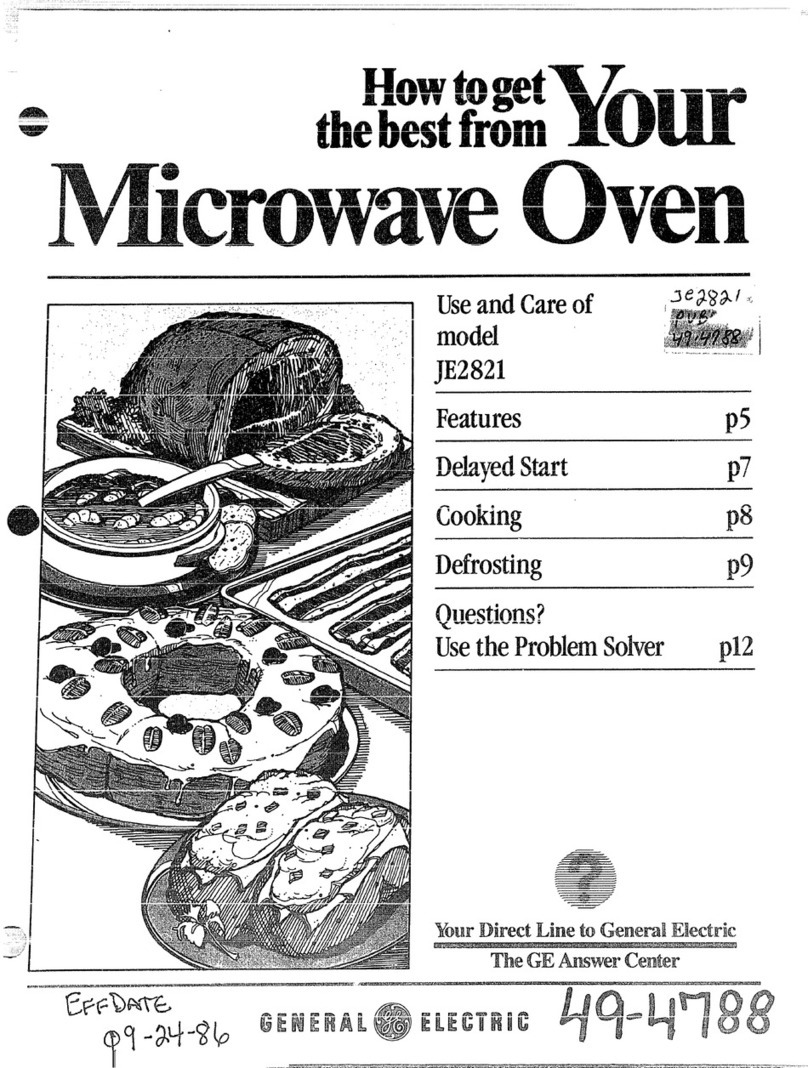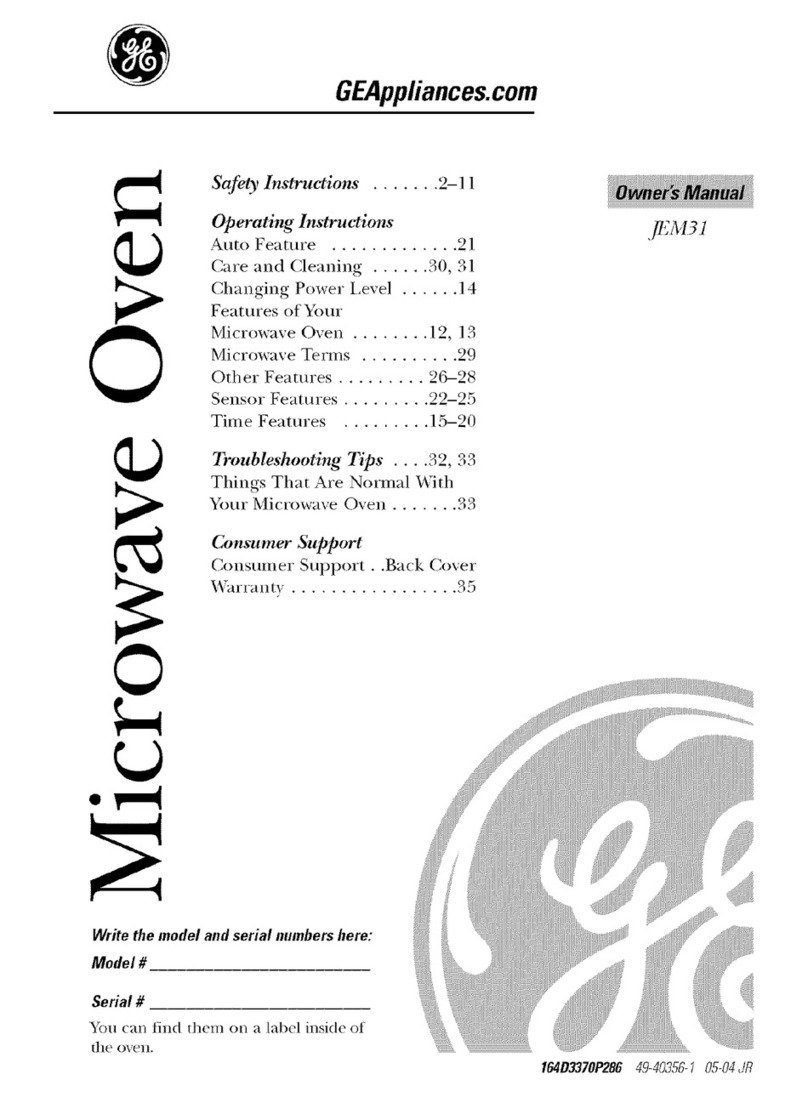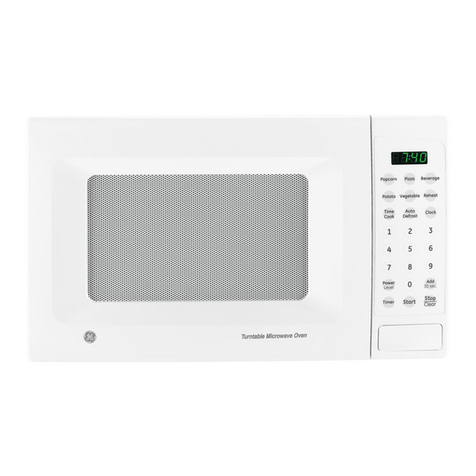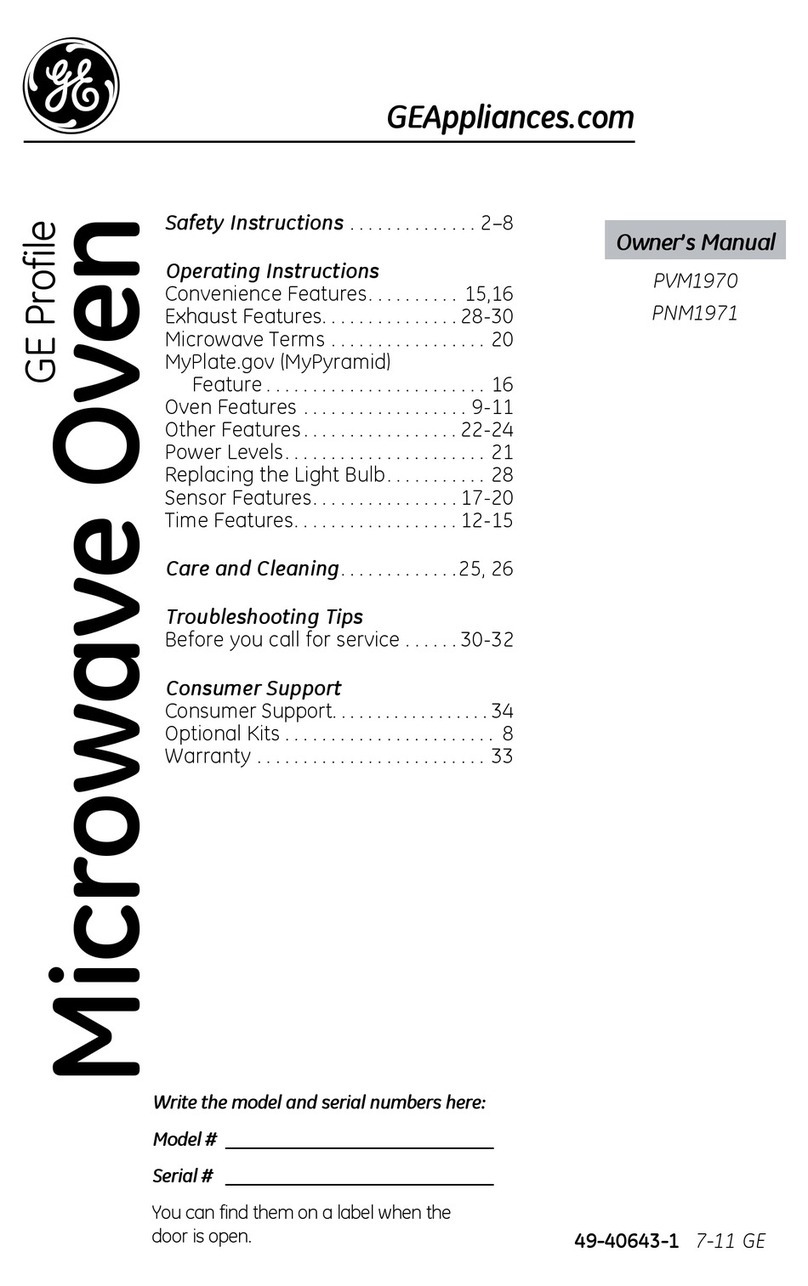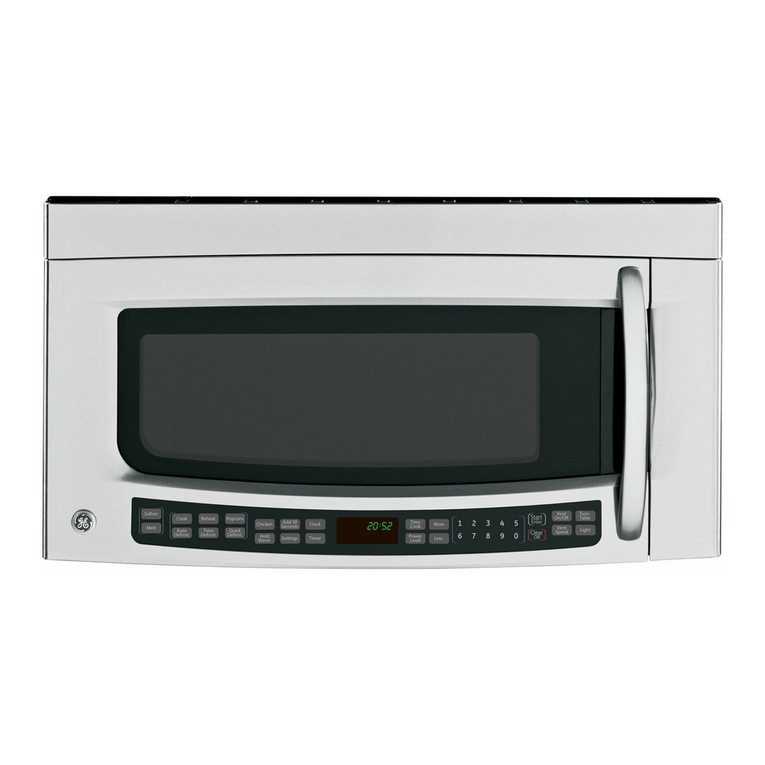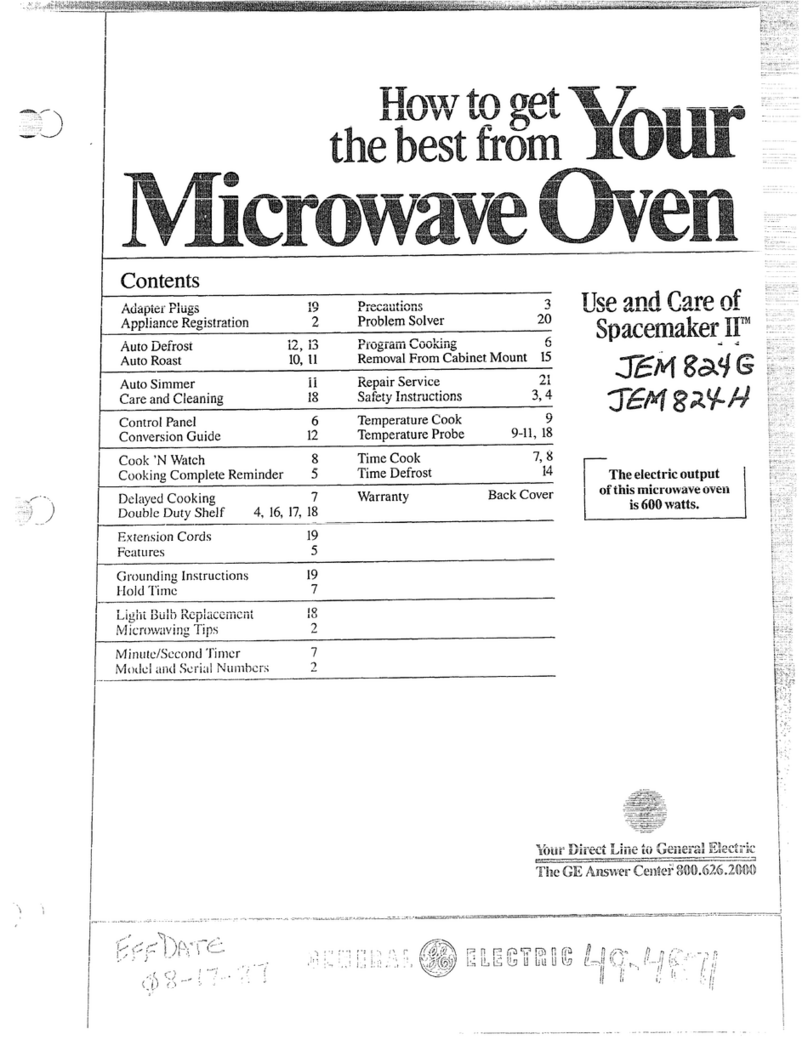
GROUNDING INSTRUCTIONS
This appliance must be grounded.
In the event of an electrical short
circuit, grounding reduces the risk
of electric shock by providing an
escape wire for the electric current.
This appliance is equipped with a
power cord having a grounding
wire with a grounding plug. The
plug must be plugged into an outlet
that is properly installed and
grounded. (Fig. 1)
WARNING–Improper
use of the grounding
plug
can result
in a risk o~electric
~hoc~.
F
Consult a qualified electrician or
service technician if the grounding
instructions are not completely
understood, or if doubt exists as to
whether the appliance is properly
grounded.
Where a standard two-prong wall
receptacle is encountered, it is
your personal responsibility and
obligation to have it replaced with
a properly grounded three-prong
wall receptacle.
W
not under
any
chumstanc~
Use of Adapter Plugs
Usage situations where
appliance’s power cord will
be disconnected infrequently.
Because of potential safety hazards
under certain conditions, we
strongly recommend against the
use of an adapter plug.
However,
if you still elect to use an adapter,
where local codes permit, a
TEMPORARY
CONNE~ION
may be made to a properly grounded
two-prong wall receptacle by the use
of a
UL
listed adapter (Fig. 2)
which is available at most local
hardware stores.
TEMPORARY METHOD
The larger slot in the adapter must
be aligned with the larger slot in the
wall receptacle to provide proper
polarity in the connection of the
power cord.
Caution:
Attaching the adapter
ground terminal to the wall
receptacle cover screw does not
cut or remove
th~
tfid
@und)
ground the appliance unless the
prong from the power cord.
cover screw is metal, and not
insulated, and the wall receptacle
is grounded through the house
wiring. You should have the circuit
checked by a qualified electrician
to make sure the receptacle is
properly grounded.
When disconnecting the power
cord from the adapter, always hold
the adapter with one hand. If this
is not done, the adapter ground
Usage situations where
appliance’s power cord will
be disconnected frequently.
~
not
use
an adapter plug in these
situations because disconnecting of
the power cord places undue strain
on the adapter and leads to eventual
tiure
of the adapter ground terminal.
You should have the two-prong wall
receptacle replaced with a three-
prong (grounding) receptacle by a
qualified electrician before using
the appliance.
Use of
Etiension
Cords
Because of potential safety hazards
under certain conditions, we strongly
recommend against the use of an
extension cord. However, if it is
necessary to use an extension cord,
use only a 3-wire extension cord
that has a 3-blade grounding plug,
and a 3-slot receptacle that will
accept the plug on the appliance.
The marked rating of the extension
cord shall be equal to or greater
than the electrical rating of the
appliance (15 amperes).
Such extension cords are obtainable
through General Electric service.
If you do use an extension cord
with your microwave oven,
the
interior light may flicker and the
blower sound may vary when oven
is in use. Cook times may be longer
as well.
terminal is very likely to break with
repeated use. Should this happen,
DO
N~
USE the appliance until
a proper ground has again been
established.
9
